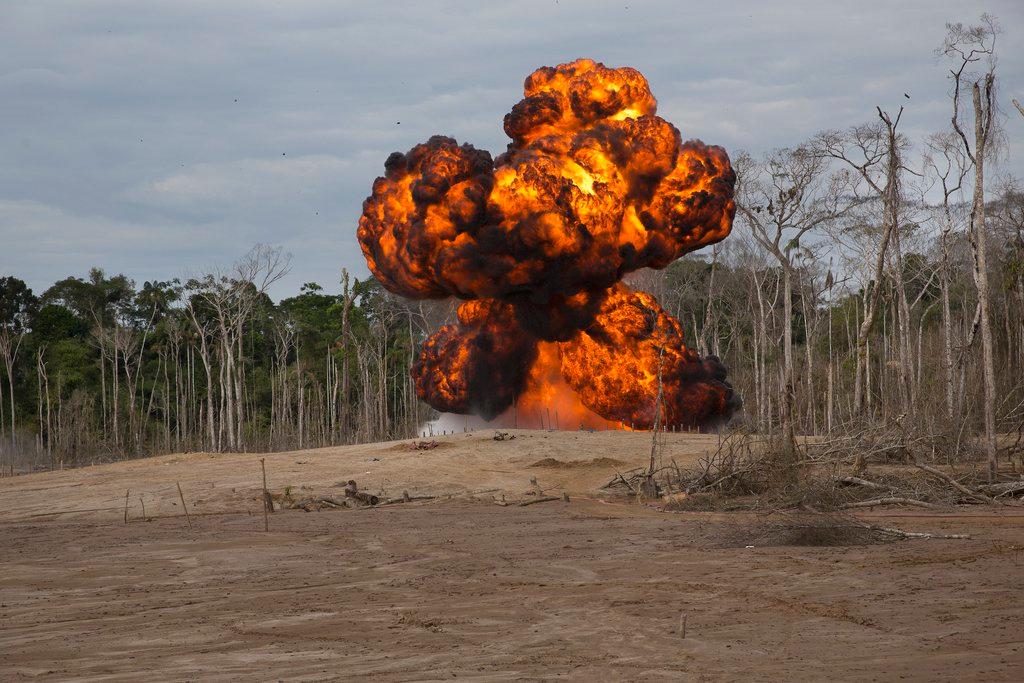Millions face life-threatening diseases from deadly toxins

The six most dangerous toxins threaten almost 100 million people around the world, according to a report by Green Cross Switzerland and New-York based NGO Pure Earth.
The Environmental Toxin Report 2015External link, published on Wednesday, said the pollutants – lead, radionuclides, mercury, hexavalent chromium, pesticides and cadmium – collectively affect the health of 95 million people and account for over 14.7 million Disability Adjusted Life Years (DALY).
“These top six toxic threats clearly stand out among the others around the world,” said Richard Fuller, president of Pure Earth. “They affect more people, at more sites, and at a more concentrated dose than other pollutants.”
There is one change in this year’s list: cadmium replaces arsenic. The authors said these pollutants result in “debilitating, life-threatening diseases, particularly in children”.
“Low- and middle-income countries continue to grapple with the health consequences of exposure to these pollutants, often driven by rapid globalisation and the export of polluting industries,” said Stephan Robinson, executive director of Green Cross Switzerland.
‘Stubborn challenges’
The report said “stubborn challenges” remained in dealing with recycling lead from used batteries, while vehicle numbers continue to grow worldwide.
“Gold prices are still high and consequently emissions of mercury from small-scale gold mining will continue to increase and migrate globally. There has been very little progress in dealing with problems of heavy metals from poorly managed mining and processing or with dumps of obsolete or discarded pesticides,” the authors wrote.
In almost all cases, affordable interventions exist to mitigate the worst exposures from sites exhibiting these contaminants, they added.
Green Cross Switzerland said that without taking appropriate countermeasures, the number of people exposed to dangerous levels of contamination would continue to rise.
“Regardless of the extent and the severity of the consequences for humans, contamination by environmental toxins accounts for only a fraction of the financial investments and actions taken compared to infectious diseases, such as malaria, HIV/Aids, tuberculosis and the two global environmental problems of climate change and species extinction,” it said in a statement.
“While significant progress has been made in some countries, most of the clean-up activities are not given the necessary financial resources.”

In compliance with the JTI standards
More: SWI swissinfo.ch certified by the Journalism Trust Initiative












You can find an overview of ongoing debates with our journalists here . Please join us!
If you want to start a conversation about a topic raised in this article or want to report factual errors, email us at english@swissinfo.ch.